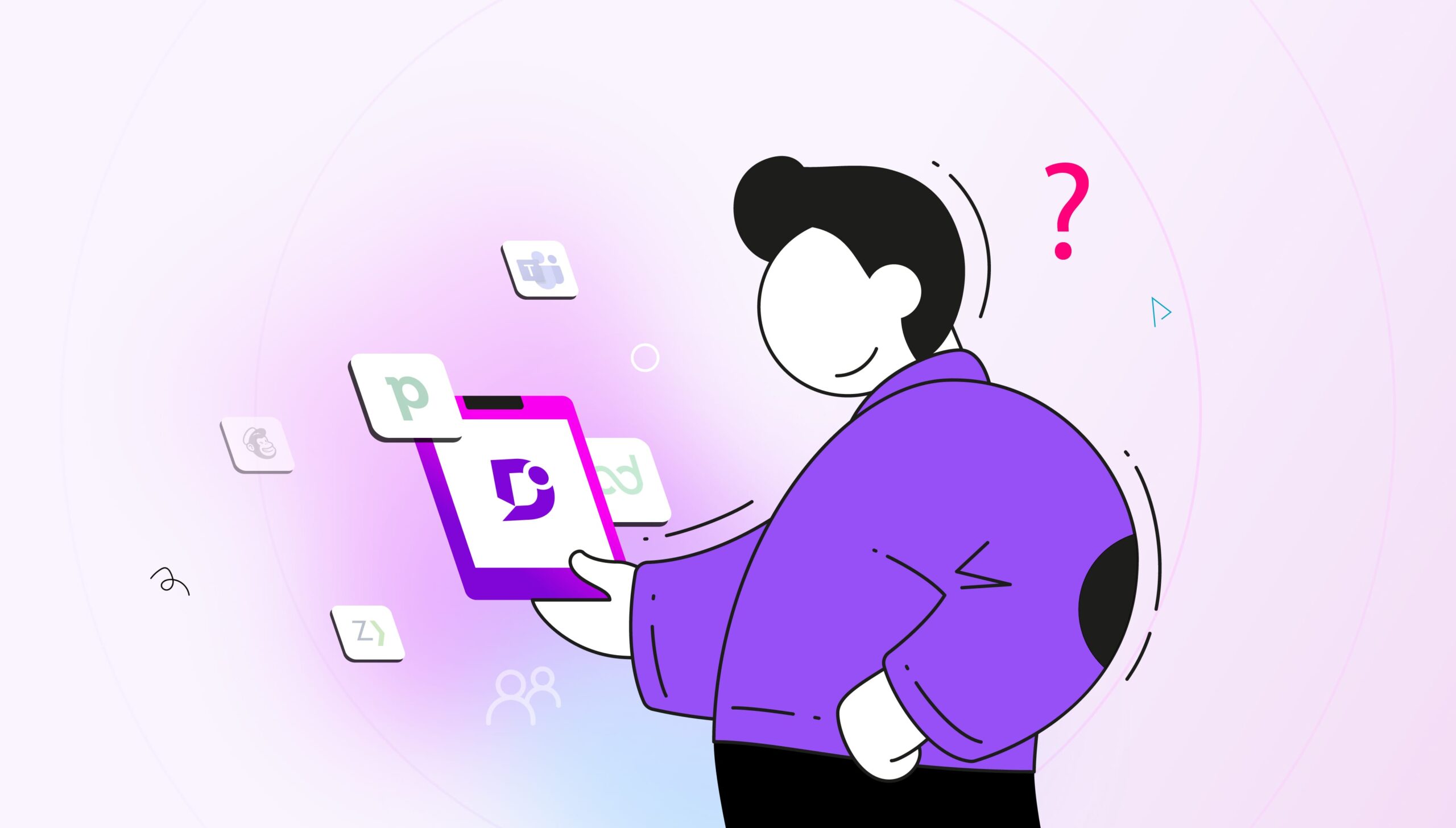Businesses are embracing digital transformation, and the world is experiencing a shift towards technological solutions. Therefore, it has become more critical for organizations to understand what constitutes successful change management. Hence, a framework that guides how companies harness the power of innovation in their journey is needed.
This guide explores the core principles of the People Process Technology (PPT) framework, its history, and a detailed outlook of the major components that make up this framework. Why should you implement the PPT framework within your organization? We will also discuss some impressive benefits of using the PPT framework and best practices for implementing this within your organization. Therefore, you will learn all about this seamless method for improving organizational efficiency and employee productivity. Learn the secrets to developing cost-effective solutions.
What Is the People, Process, and Technology Framework?
The People, Process, Technology (PPT) Framework addresses the interconnection between people, processes, and technology so organizations can experience true digital transformation. This is a crucial aspect of organizational management. When companies can balance these three, there is a higher chance of organizational efficiency. There’s a great relationship between these elements.
Another way to explain this term is to break down each component of the framework. People typically use processes and technology to carry out specific actions, and there needs to be a balance among all to achieve positive results. For example, a person who wants to market a product will follow a process that understands the target audience’s needs and uses technology such as analytical software for direct results. The PPT framework was built on this foundation: harmony for successful business operations.
Therefore, the idea is that when one aspect is misaligned or weak, this will negatively impact the overall efficiency of the organization. The most common applications of the PPT framework can be seen in change management and project management. Even with this, it is still relevant for companies that would like to have a holistic approach to achieving their organizational goals.
History of PPT Framework
The history of the PPT framework can be traced to the early 1960s and credited to Harold Leavitt, a business management expert. His paper, Applied Organization Change in Industry, included the Diamond Model, which he had created as a tool for implementing change in an organization. The Leavitt’s Diamond Model consists of four elements:
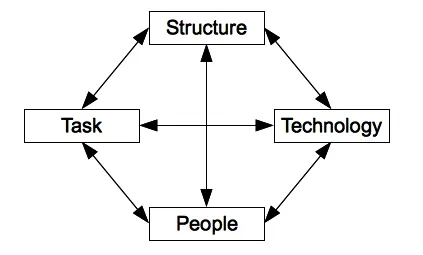
Image Source: Medium
- People: Individuals within an organization and the necessary traits that can guarantee success.
- Structure: Organizational structure that encourages efficiency and easy allocation of responsibilities within teams.
- Tasks: Routine tasks for execution within the organization
- Technology: Tools that support the performance of necessary functions.
However, this diamond model underwent a radical transformation into a triangle. This is all thanks to a computer security and privacy specialist, Bruce Schneier. He combined structure and tasks under one umbrella of processes. His mantra “People, Process, Technology” was used to highlight how these organizational components are interwoven, and it became popular around the 1990s. Of course, this has evolved, but the foundation is still the same. The goal is to teach organizations that change can’t happen in isolation.
Components of PPT Framework
The people, process, and technology make up the PPT framework. Here is a detailed outlook.
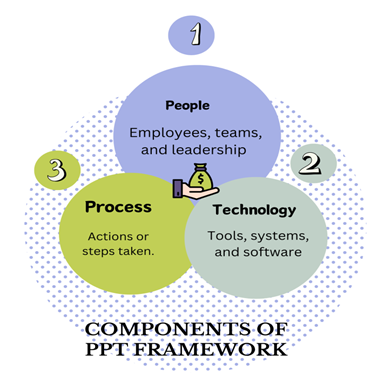
The People
The People are the human resources within an organization who are saddled with the responsibility of carrying out specific tasks to achieve desirable goals. Many people argue that the people are the most important part of the triangle, as, without them, nothing happens. These individuals in your organization are responsible for completing various tasks. These include those tasked with execution, the leaders involved in the decision-making process, and stakeholders who help the organization achieve their goals.
Therefore, when you have a vision, the quality of people you have in the organization determines how much you can bring this to life. That’s pretty much the basic framework everywhere. You can have it all sorted out, but nothing works to your satisfaction if you have no one to bring your vision alive. So, how can you get the right people? This starts with properly identifying the qualities you need in your team. Be specific about the skills, experience, and knowledge necessary. These will impact how much the team members understand what they must do, the why, and how changes will make their lives easier. Subsequently, plan your people resources efficiently to avoid blocks in the process when certain individuals are unavailable.
The Process
The process is the combination of steps or actions that must happen in a particular order to achieve a specific goal. This is the foundation that aligns people with the expected quality of work to complete a project successfully. In this case, a process can serve as a guide for your team members when executing tasks. It thrives on communication, as processes can be unsuccessful when all team members lack effective communication to handle the tasks. No one is a mind reader…at least to the best of our knowledge. Therefore, communication keeps everyone on the same page.
Processes are an important element as they can affect operational efficiency. The inclusion of unnecessary processes will lead to wastage and poor employee productivity. As our business environment moves into an era of digital transformation, automation has become a crucial part of processes as it helps reduce human errors, improve efficiency, and streamline processes. An example of this is the employee handbook. This typically contains a set of instructions that highlights every possible problem that the employees may come across.
These are processes. However, not all processes can be automated, as some require human input in innovation, creativity, decision-making, and critical thinking. Therefore, businesses need to make that distinction. Meanwhile, they should also keep processes flexible enough to adapt to the changing business environment while automation complements rather than replaces the process.
The Technology
Technology in the PPT framework refers to tools and systems that will help organizations implement processes effectively through their people. Technology encompasses all aspects of the PPT framework. This means that technology cannot be an effective way of solving organizational problems without people and processes. Data analytic software is great but becomes useless when your employees don’t understand how to harness its power.
For example, if you implement Document360 to enhance the PPT framework— You can
- Streamline the process with centralized documentation
- Improve productivity by teams’ quick access to necessary information
- Enhance collaboration for continuous improvements
- Empower the team with product knowledge and training tutorials.
That can be seen as investing a lot of money in technology without the people who will use it properly. This results in little to no return on investment. There is no doubt about it; technology can ensure your team carries out processes more efficiently. However, businesses must evaluate, implement, and adopt the right technology to reach their unique organizational goals. Ensure that it aligns with your organizational culture and business strategy. This includes understanding the problem you want to solve with this technology and if you have the right talent to put it to good use. Therefore, people and processes should be a priority, with technology as the final major consideration.
Schedule a demo with one of our experts to take a deeper dive into Document360
Book A Demo
Benefits of Using the PPT Framework
Here are the top benefits of the PPT Framework:
Functional Effectiveness
A huge benefit of using the PPT framework is that it equips organizations with the tools they need to be functionally effective. This means reducing the chances of disruptions in essential processes. Thanks to the framework, they can easily understand people’s and technology’s roles. This includes how they integrate with processes at each point. With this, they can optimize the use of resources and streamline operational workflows. Of course, this leads to higher customer satisfaction levels and employee productivity.
Alignment and Integration
The PPT framework is all about creating a cohesive ecosystem where all three components exist in a delicate balance to achieve organizational goals. Proper implementation of the PPT framework encourages alignment and integration. The rollover effect of properly aligning people, processes, and technology is that there is that extra bit of assurance that every member of your team is working towards a common goal using well-defined processes that leverage technology. This essentially improves coordination across various departments, encourages communication, and fosters collaboration.
Adaptability and Agility
The PPT framework gives businesses a competitive advantage as they can stay fluid within the ever-changing business environment. The ability to adapt quickly to consistent technological advancements and the evolving business market is important if you want to stay ahead of the competition within your chosen industry. And that’s where the PPT framework comes in. This framework encourages continuous evaluation and improvement of organizational processes and technology, empowering organizations to stay responsive. This also enhances the ability of team members to embrace change.
Improving Decision-Making
Using the PPT framework, organizations can gain vital insights and data-driven analysis that assist in decision-making processes. The seamless integration of people, processes, and technology encourages attention to valuable metrics. You can use these key metrics to identify trends, accurately measure performance, and stay updated on customer needs. These are all crucial for making informed decisions that drive business success. Overall, decision-making can be better when there’s a detailed framework like the PPT framework. Combine this with process documentation to plug loopholes in the connection between organizations and the quality of service delivery.
Growability and Scalability
No organization would love to experience stagnancy. However, as demands increase and there’s a need to scale and expand, it’s easy for organizations to crumble under the weight of the demands of expansion. The PPT framework ensures this doesn’t happen as it supports the scalability and growth of businesses. Since businesses implement flexible processes and technology solutions, the framework helps to avoid inefficiencies and bottlenecks that can negatively impact business growth. Also, expansion is typically accompanied by the need to recruit new employees. The PPT framework encourages seamless integration and onboarding of new hires. This won’t reduce the quality of operations as your organization scales.
Best Practices to Implement PPT Framework
Let’s explore the best practices to implement the PPT framework that helps to improve your organizational efficiency and employee productivity.
Involve People in the Making of Decisions
A huge mistake that organizations make when trying to implement changes for business growth is limiting decision-making to only higher-level management. Change management is not complete until every organizational stakeholder feels a sense of belonging. And this is regardless of their position. Therefore, your change initiative shouldn’t overlook the importance of other people in decision-making processes. To increase the chances of success, implement a PPT framework that fosters a sense of ownership in employees from various levels and departments through knowledge sharing. This increases the chances of long-term success.
Determine the Most Serious Issue
What is the biggest challenge within the organization? You should have a definite answer to this question to enable you to focus your resources on the most impactful problems and get the right solutions. The best way to determine this is to critically assess the interaction between people, processes, and technology in your organizational framework. Issues can come in various forms. Where there is a lack of creativity, you must pay careful attention to the people and potential causes. If you need to focus on building an air of innovation, studying the collaboration of people and technology will be a great idea. Consider how you can make this seamless.
Optimize Current Technology
Investing in new technology is great and a chance to increase innovation within the organization. However, this may be an unnecessary extra cost if you don’t thoroughly leverage the potential of your existing technological solutions. It’s easy for organizations to overlook this and invest scarce resources in new technology. Rather than do this, you should critically analyze your existing technology to discover previously overlooked areas. You may discover new functionalities that can take you a step closer to your organizational goals.
Think About Culture in Organizations
Organizational culture is a crucial part of any company as it helps to facilitate change. When organizations are fully aware of their culture and incorporate this into their PPT framework, this positively influences decision-making processes. Therefore, you should think about culture when making decisions and communicating them across different organizational levels. You can also incorporate this into training programs to ensure every employee is equipped with the skills needed to excel.
Stress the Components’ Interaction
The PPT framework wouldn’t exist if there was no connection between the three components: people, process, and technology. Therefore, you shouldn’t downplay the interwoven nature of these elements. The people are expected to carry out diverse tasks following a series of processes that enhance efficiency. These all work together when there’s technology to support innovation and encourage progressive decision-making. Recognizing and optimizing the connection between the three components of the PPT framework is a crucial step toward organizational efficiency.
Conclusion
Understand the importance of seamless collaboration between people, processes, and technology for organizational success. However, this relies heavily on employees who are aligned on how to leverage the tools and follow the right processes. With Document360, you can create an employee handbook and encourage the team to adapt to tools and processes across various departments and build a more collaborative workforce.
Therefore, you can empower your team using a flexible platform designed to adapt to the changing needs of your employees and keep them several steps ahead of the competition.

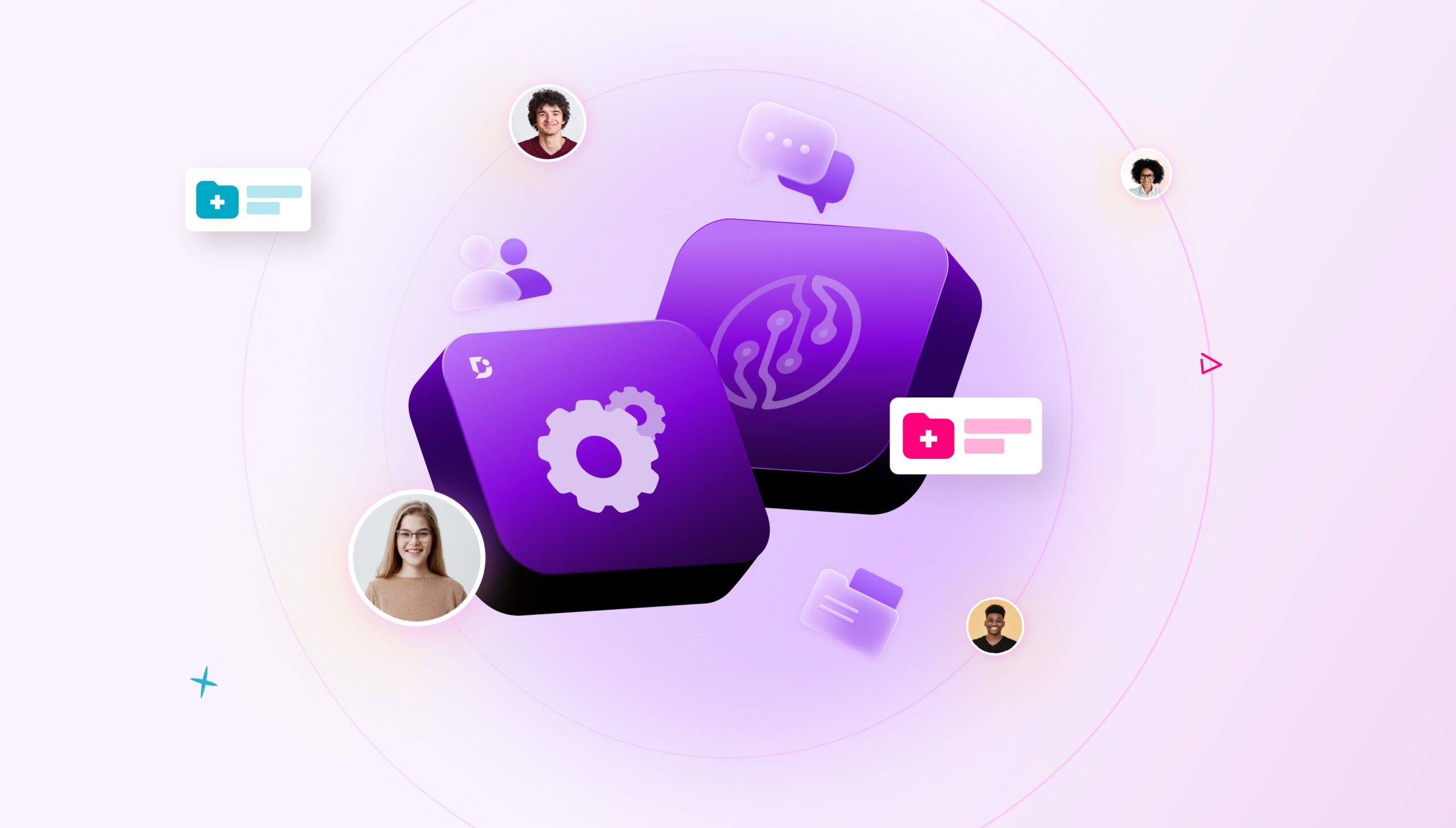


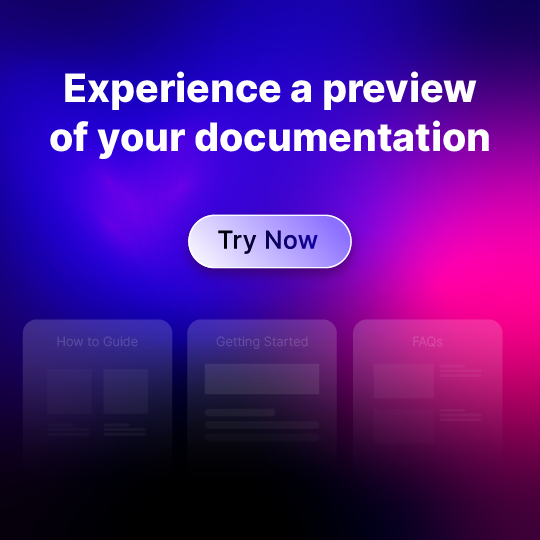
 –
– 
